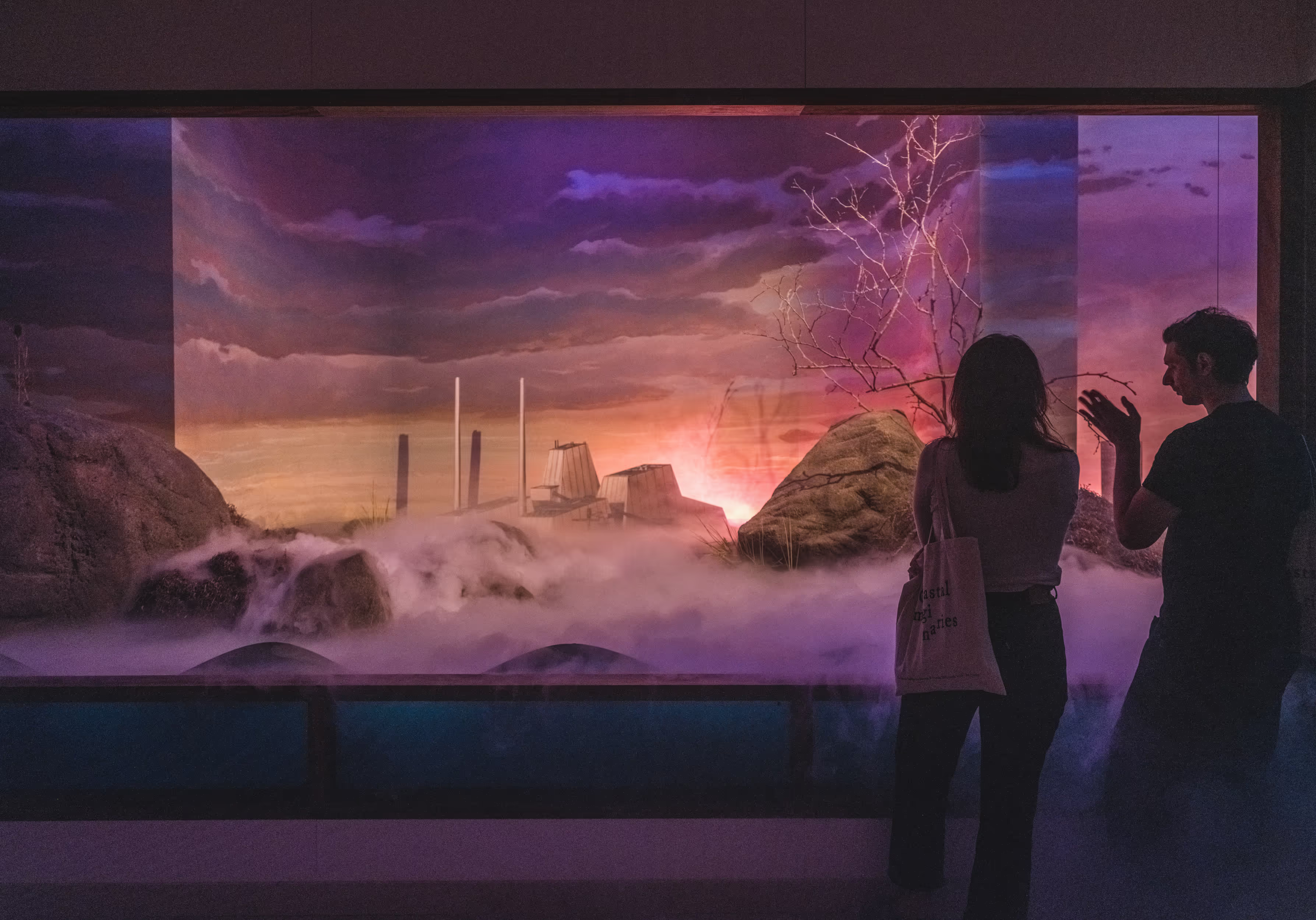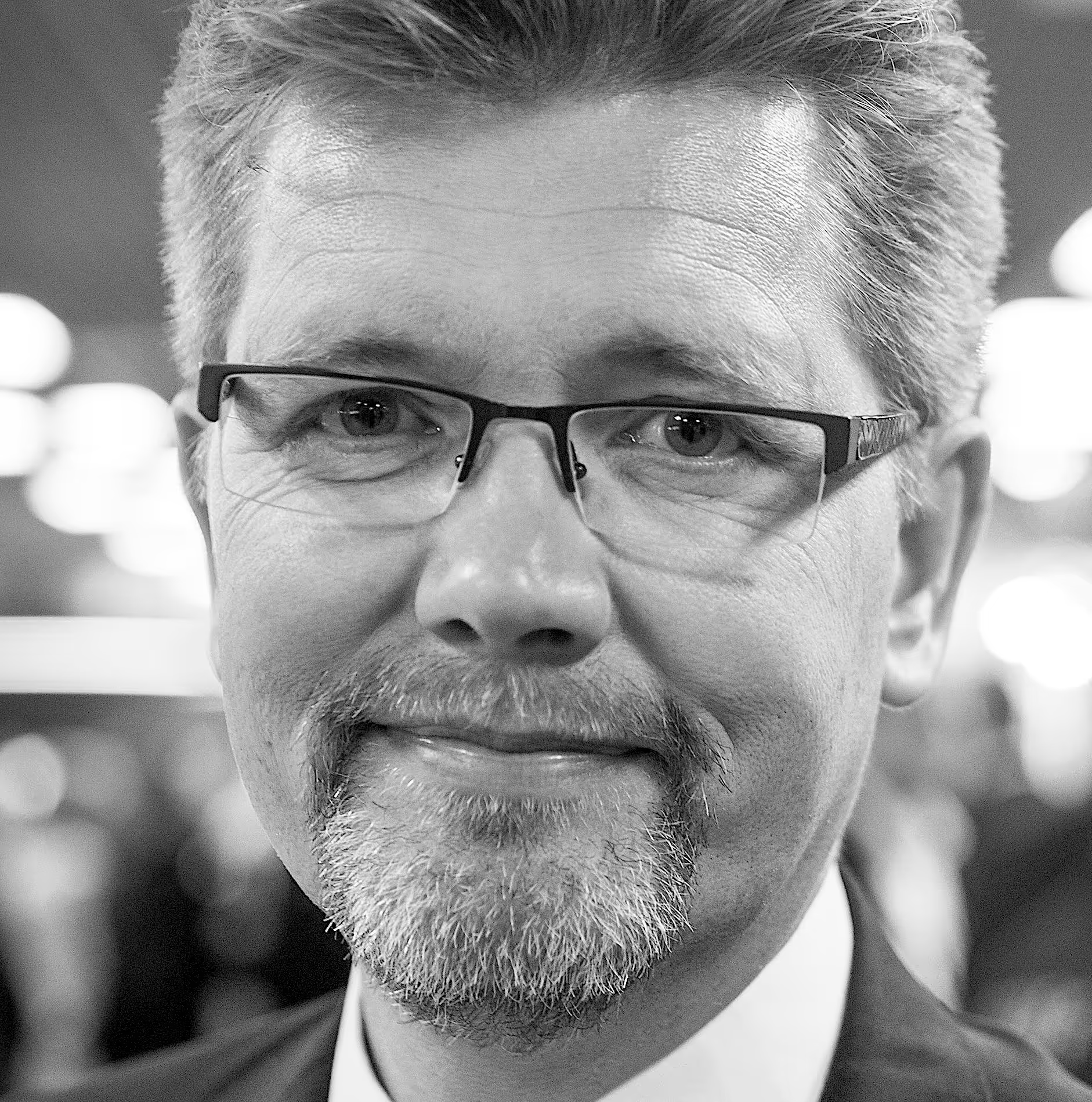MANIFESTO
The 17 UN Sustainable Development Goals represent the aspiration of the people of the United Nations for a more sustainable future. Challenges are vast and the world must move significantly to make progress towards achieving each Goal by 2030. The built environment, planning, architecture and design, is a major consumer of energy and natural resources, and it accounts for a large part of the world’s CO2 emissions, resource consumption and waste production. Furthermore, how we build can exacerbate inequalities and affect health.
Architects bear a great responsibility because each decision we make when we design a building, an urban plan or a landscape, or in other ways contribute to forming the built environment, draw on resources, human as well as natural. Architects’ actions therefore have ramifications that go beyond the project or process itself and extends in time and space to distant localities and distant futures.
Through their practice, architects can contribute to a sustainable development – not just on an aspirational level, but through their contributions to what becomes realized buildings, settlements and cities all over the world. Architects must develop sustainable architectural solutions everywhere, at all scales, and by this give their contribution to sustainable communities and quality of life.
Because our decisions have consequences and often vast impact, architects also preside over power for which to be held accountable. We have a responsibility to act. Therefore, this manifesto concerns how we do it, when working with building, planning and landscape. We can continue with our current practice, or we can strive with urgency for a better way, a sustainable way. It is up to each of us.
The intention of this manifesto is an architect’s call to action on the UN Sustainable Development Goals,—a call to architects in every part of the profession to take action in their own architectural practice. Each of the 17 UN SDG relates to the built environment and forms a basis on which to start a conversation about how the built environment can contribute.
No poverty: Architects will build in ways that contribute to the eradication of poverty, and affect the impact of poverty on people’s life through access to housing and institutions that are affordable, safe and healthy.
Zero hunger: Architects will work to secure food supplies through planning, landscape design and building complexes that protect existing ecosystems, and prioritizing the preservation and expansion of areas for food production.
Good health and well-being: Architects will contribute to public health through design and planning that reduces the exposure to bacteria and pollution, and by prioritizing light, acoustics and air quality.
Quality education: Architects will design schools, universities and other educational institutions in ways that enables a productive learning environment, and strive to create affordable, accessible and inclusive educational solutions for communities with limited resources.
Gender equality: Architects will help rethink existing buildings, settlements and urban areas so that they become inclusive to all citizens regardless of gender. Furthermore, architects will work to promote gender equality in the building industry.
Clean water and sanitation: Architects will design and plan to avoid waste and excessive use of clean water, and for urban areas, settlements and buildings to withstand climate changes, such as more extreme precipitation, drought and floods.
Affordable and clean energy: Architects will contribute to design and planning so that buildings and settlements reduce energy consumption, produce energy when relevant, adapt to geographical, climatic and cultural conditions and use context to limit energy consumption.
Decent work and economic growth: Architects will use only building materials extracted and produced in safe and clean working environments, and fight for secure and controlled working conditions on building sites and in demolition processes.
Industry, innovation and infrastructure: Architects will contribute to and use services, products and transportation systems that pollute less, tie up less energy, produce less waste, and provide solutions that are safer and healthier than current standards.
Reduced inequalities: Architects will design and execute so that design and planning is socially responsible, inclusive and takes into consideration the needs of all members of society, leaving no one behind.
Sustainable cities and communities: Architects will design and plan so that the built environment contributes to making cities more inclusive, safe and resilient, and develop more sustainable ways of dwelling, encouraging the sharing of resources.
Responsible consumption and production: Architects will commit to design for durability and sustainable life cycles through the design process, from individual components to the overall layout of buildings and structures.
Climate action: Architects will partner with other professions to develop climate adaptation solutions with co-benefits, creating not only resilience, but also a better micro-climate for humans and wildlife.
Life below water: Architects will exercise caution when working on buildings or settlements placed on the coast or in fragile coastal ecosystems, and commit to ensuring that waste and pollution is not lead from the built environment to water.
Life on land: Architects will commit to always protect, restore and support ecosystems and biodiversity, buildings and settlements and include in buildings and settlements habitats for plants, insects and animals.
Peace, justice and strong institutions: Architects will serve and accentuate society’s commitment to justice, democracy and inclusiveness with the effort and values put into a building, planning process or landscape design.
Partnerships for the goals: Architects will join hands with those who work to advance the goals. Every city is built by many hands, and similarly we need to work together to reach the 17 sustainable development goals, as no single stakeholder can reach them alone.






(2)Large.avif)











